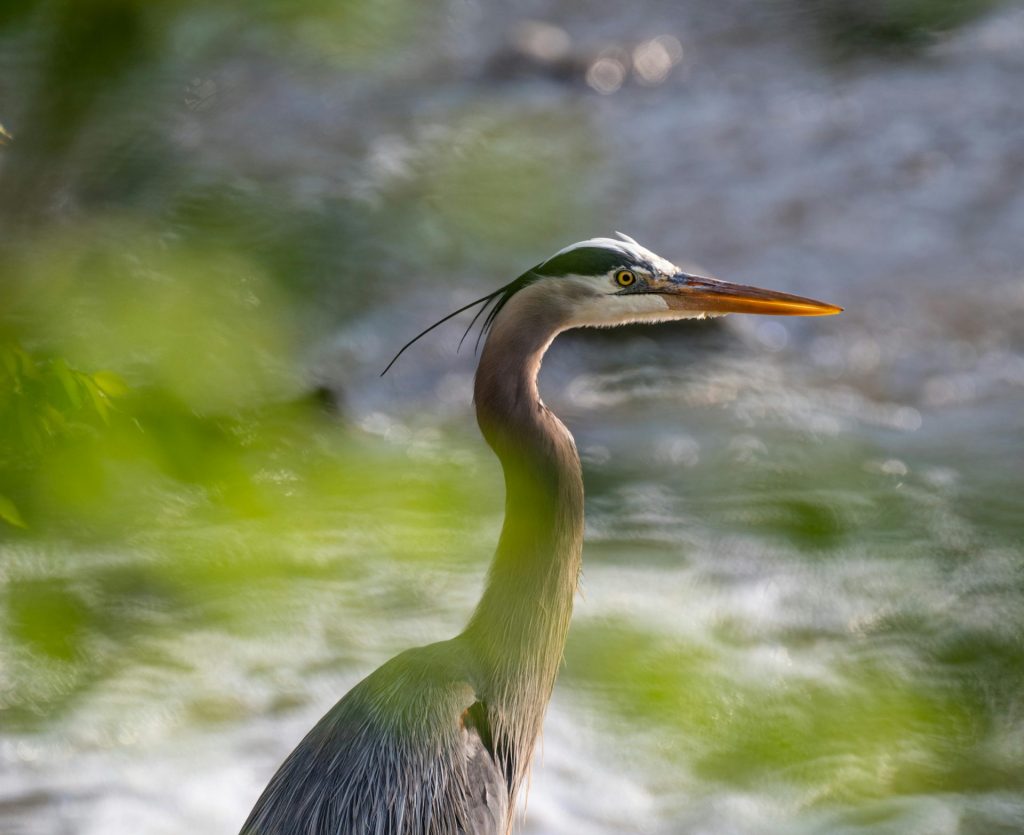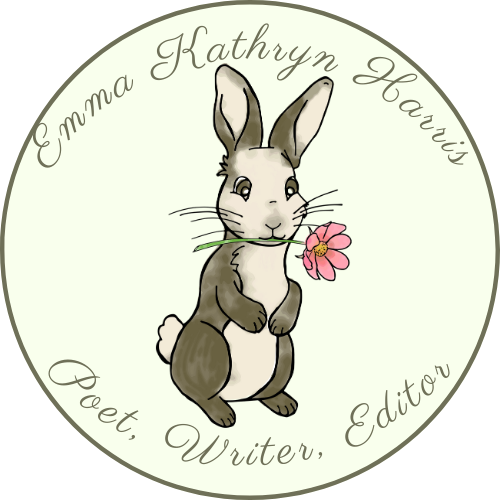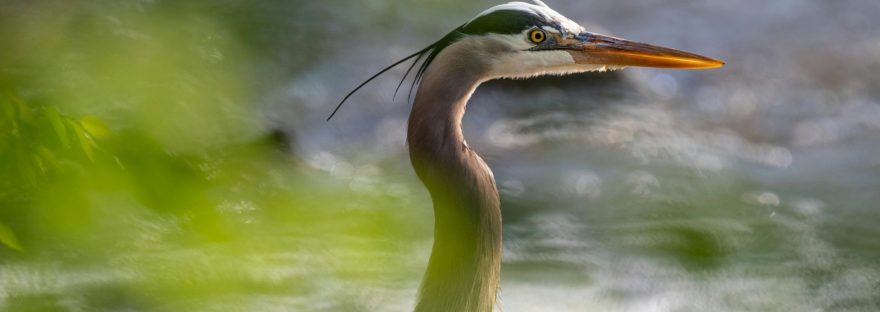August 1
Walking speedily along the path that runs vertical to the stream in the park, a majestic bird of great height and form suddenly interrupted me. Its expansive wings slowly folded into its long and lean body as it gracefully slowed to a landing on the water. It was a blue heron, striking in its size and beauty. The heron had flown in rather close to me, but I stopped in my tracks to admire it. I whipped out my phone to snap a picture, but it was on to me. It flew slightly forward and clung to the base of a tree that extended from the water. The park is a natural habitat and the “weeds” adorning the edge of the stream are tall and thick, making it impossible to snap a decent photo without a ladder. Defeated, I continued my walk.
The image of the bird and its flight remains with me. There are many images that cannot be fully appreciated through photographs alone. While we may be in awe of a picture we see in National Geographic, it is one-dimensional. We are unable to value or respect the surrounding beauty that is off camera; we do not hear the sounds, smell the atmosphere, feel the wind on our skin, nor do we experience our heart leaping with the sudden sight of the glorious beauty before us.
As I stood watching the heron and trying to follow it for as long as I was able, I noted the other walkers were unaware of the experience before them. No one asked what I was keenly staring at, though perhaps they did not wish to be nosy. But they continued in their conversations, or they walked past with their music or podcast episode blaring, or they simply looked down at their phone, or they stared ahead with a seemingly hollow and uninterested expression.
We miss so much when we take creation for granted. Or we’re distracted with electronics, ourselves, or life.
I know these distractions well, which is why I try to make a conscious effort to explore with my eyes and ears and nose during my walks. To me, it is the most important reason I walk outdoors, in an appealing and interesting area.
To observe the heron, I had to pause. My timer silently continued, but I knew the moment with the heron would be brief, and it was. Yet it was enough time to gaze upon the heron’s graceful neck, its regal head and headdress, its fanciful plumage of a greyish blue with white undertones. To reflect on the bird’s aim and perhaps why he chose that spot at that precise moment. What he saw that I did not.
The other birds that surrounded me—the Eastern bluebirds, the sparrows, the robins, the goldfinches, the red-winged blackbirds—are not any less significant because they are smaller, but all serve a purpose and contribute to the environmental allure. They, too, are worthy of pause and reflection. They are music; they are color; they are wonderment; they are joy.
What would the world—the Earth—be like if it did not have birds?



